
Scleral Contact Lenses vs. Soft Contact Lenses
Embarking on the journey to optimal vision involves navigating the diverse landscape of contact lenses, each offering a unique set of advantages and considerations. In the realm of corrective lenses, the choice between scleral and soft contact lenses stands as a pivotal decision, tailored to individual preferences and visual needs. Scleral lenses, with their innovative design covering the entire cornea and part of the sclera, present an intriguing alternative to the more familiar and pliable soft lenses. The comparison of these two contact lens options provided below aims to identify the distinct characteristics, advantages, and potential drawbacks of scleral and soft contact lenses. For more information schedule a consult with one of our Edmonton optometrists.
Schedule An Exam Our Optometrists
(780) 473-6123
Scleral Contact Lenses in Edmonton.
What Are Scleral Contact Lenses?
Scleral contact lenses are specialized, large-diameter lenses that extend beyond the cornea, covering the entire corneal surface and part of the sclera — the white outer layer of the eye. Unlike traditional contact lenses, which rest on the cornea, scleral lenses create a vault over the cornea, leaving a gap filled with tear fluid. This unique design contributes to enhanced visual clarity, making them particularly beneficial for individuals with irregular corneas, such as those with keratoconus or astigmatism, or that experience dry eye symptoms.
Schedule A Scleral Contact Lens Fitting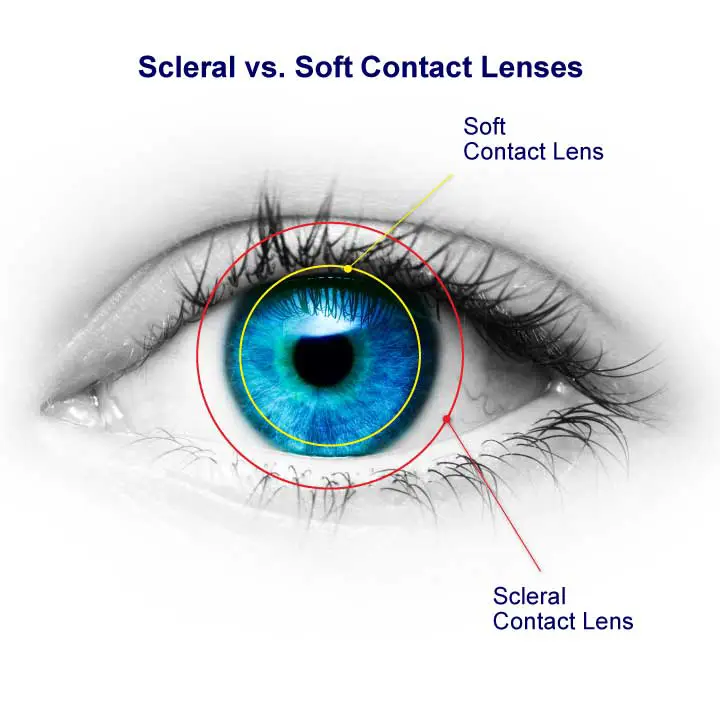
What is Keratoconus?
Keratoconus (ker-uh-toe-KOH-nus) is an eye condition in which your cornea — the clear, dome-shaped front of your eye — gets thinner and gradually bulges outward into a cone shape. A cone-shaped cornea causes blurred vision, may cause increased sensitivity to light and glare, and challenges achieving clear vision and comfort with traditional contact lenses.

Scleral Contact Lenses in Edmonton.
Advantages of Scleral Contact Lenses
In general, anyone seeking the best vision possible with contact lenses is a candidate for scleral lenses. However, scleral gas permeable contact lenses are particularly advantageous to individuals with the following conditions and/or needs:
Scleral lenses vault over the cornea, creating a tear-filled chamber that enhances visual acuity. This design is particularly beneficial for those with irregular corneas (resulting from an eye condition such as keratoconus or from eye surgery) or high prescriptions.
Conditions like keratoconus or irregular astigmatism can be challenging with traditional lenses. Scleral lenses provide a stable surface, offering clear vision for those with corneal irregularities.
The tear reservoir beneath scleral lenses provides continuous hydration, reducing the risk of dryness and discomfort. This makes them an excellent choice for wearers with dry eye syndrome.
Due to their unique design, scleral lenses can often be worn for longer periods without discomfort, making them suitable for wearers with demanding schedules.
Schedule A Scleral Contact Lens Fitting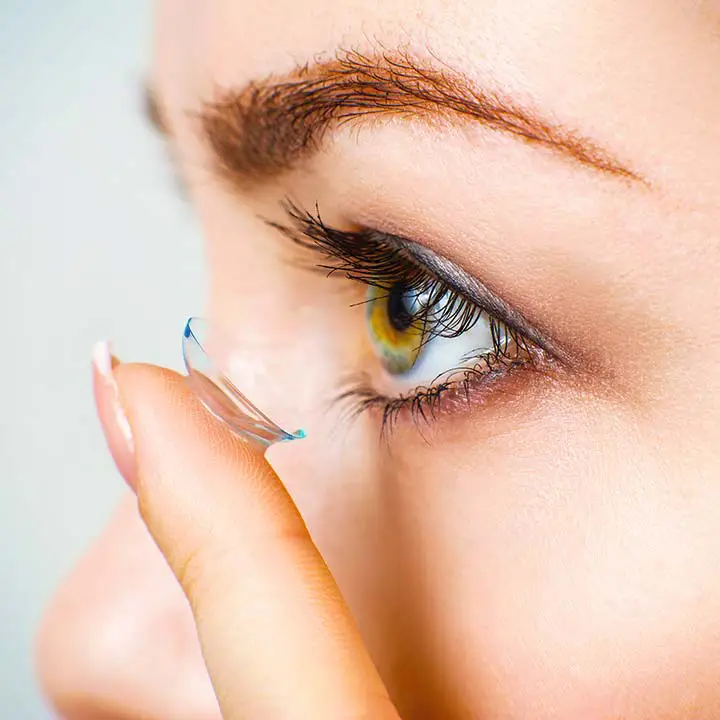
Scleral Lenses in Edmonton.
Scleral Contact Lenses Considerations & Challenges
Despite their many advantages, scleral lenses are not without considerations and challenges. These include:
Inserting and removing scleral lenses requires a bit more skill and practice compared to soft lenses. Patients need to be comfortable with proper lens care routines.
Some wearers may experience initial discomfort as they adapt to the sensation of larger lenses. However, with guidance and patience, this usually improves over time.
Achieving the perfect fit with scleral lenses often requires a more specialized fitting process, and not all eye care practitioners may have extensive experience with them.
The initial price of scleral contact lenses is more than soft contact lenese. However, one must be mindful that the initial fee includes the custom fitting, that the lenses are custom-made, and that with proper care and a stable prescription, scleral lenses can have a lifespan of ~2 years.
Losing or damaging a lens requires the lens to again be custom-crafted.
Schedule A Scleral Contact Lens Fitting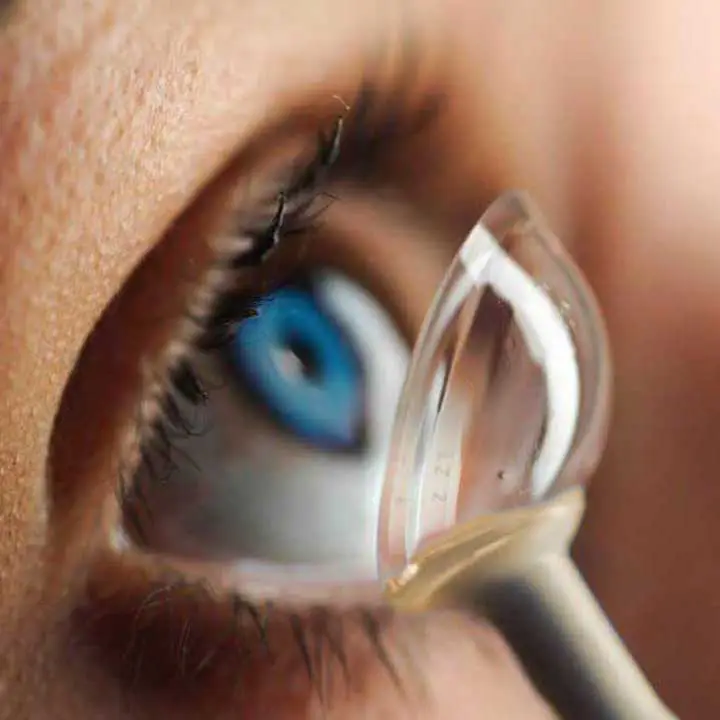
Soft Contact Lenses in Edmonton.
What are Soft Contact Lenses?
Soft contact lenses are flexible, thin lenses made from a water-containing plastic material that conform to the shape of the eye. Designed to rest comfortably on the cornea, these lenses are a popular choice for vision correction due to their ease of use and immediate comfort. Soft lenses are available in various designs, including daily, bi-weekly, and monthly disposables, catering to different wear preferences and lifestyles. They offer a wide range of prescriptions, making them suitable for individuals with nearsightedness, farsightedness, astigmatism, and even those requiring multifocal corrections. Soft contact lenses are favored by many for their versatility, adaptability, and widespread availability, providing a convenient and effective solution for individuals seeking a seamless integration of corrective lenses into their daily lives.
Schedule A Soft Contact Lens Fitting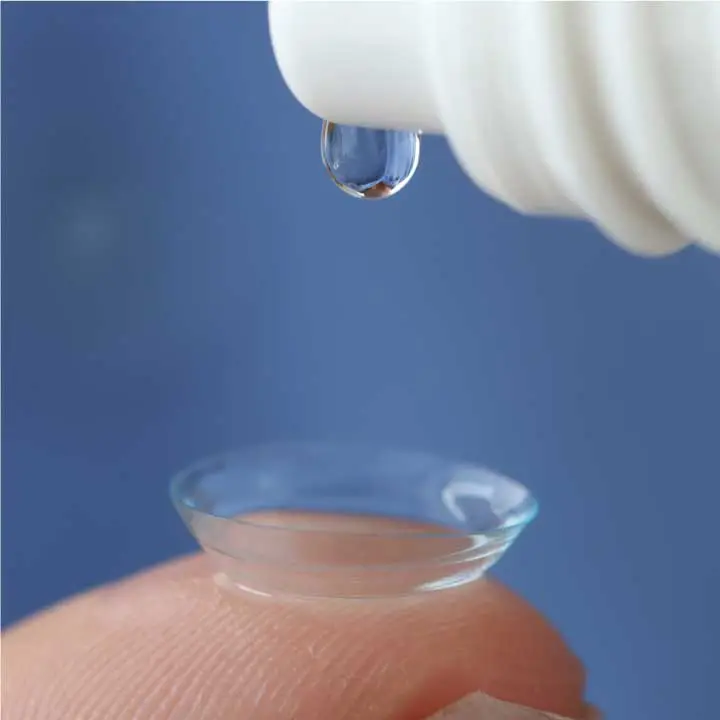

Features of Soft Contact Lenses.
Advantages of Soft Contact Lenses
Soft contact lenses have many advantages, including:
Soft contact lenses are renowned for their comfort. The pliable material conforms to the shape of your eye, ensuring a snug fit that often makes wearers forget they're even wearing lenses.
Whether you're nearsighted, farsighted, or dealing with astigmatism, soft lenses offer a vast range of prescriptions, making them suitable for a broad spectrum of vision needs.
For those new to contact lenses, soft lenses often allow for a smoother adaptation period. Most wearers find them easy to insert and remove.
Soft lenses come in various designs, including daily, bi-weekly, and monthly disposables. This versatility caters to different lifestyles and preferences.
Soft contact lenses can be purchased at any optometry clinic or optical.
Daily disposable contact lenses require little to no maintenance.
Schedule A Soft Contact Lens Consult
Soft Contact Lenses in Edmonton.
Shortcomings of Soft Contact Lenses
Despite their many advantages, soft contact lenses have their own shortcoming, including:
Soft lenses may restrict the amount of oxygen that reaches the cornea. This limitation can lead to discomfort for some wearers, particularly if lenses are worn for extended periods.
Factors such as smoke, dust, and allergens can affect soft lenses, potentially causing irritation. This makes them less ideal for wearers in challenging environments.
Soft lenses can absorb moisture from your eyes, leading to dryness. For wearers with dry eyes, this may necessitate frequent use of lubricating eye drops.
Daily disposable contact lenses, along with their indivdiual packaging can amount to a significant amount of plastics that enter landfills.
Soft lenses may not provide optimal vision for individuals with irregular corneas or certain eye conditions.
Schedule A Soft Contact Lens Fitting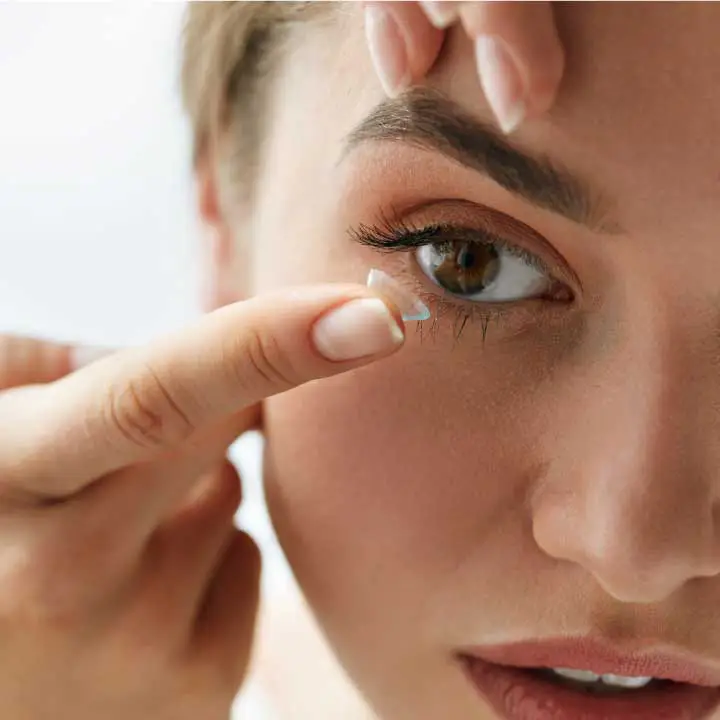
Comparing Scleral & Soft Contact Lenses
| Feature | Scleral Contact Lenses | Soft Contact Lenses |
|---|---|---|
| Comfort | Generally, comfortable due to larger size and tear reservoir. | Immediate comfort for most wearers due to flexible material. |
| Visual Clarity | Exceptional clarity, ideal for irregular corneas or high prescriptions. | Good clarity for standard prescriptions, may not address all irregularities. |
| Adaptation Period | Longer adaptation period due to larger size and specialized fitting. | Shorter adaptation period, usually easier for new wearers. |
| Oxygen Permeability | Generally, provides good oxygen permeability. | May limit oxygen to the cornea, especially during extended wear. |
| Dry Eye Management | Reduced risk of dryness due to the tear reservoir. | Some wearers may experience dryness, requiring lubricating eye drops. |
| Fitting Complexity | Requires a more specialized fitting process. | Generally, simpler fitting process. |
| Use with Irregular Corneas | Ideal for irregular corneas, addressing conditions like keratoconus. | May not provide optimal vision for irregular corneas. |
| Extended Wear Time | Can often be worn for longer periods without discomfort. | Depending on the type, may have limitations on extended wear. |
| Daily Maintenance | Requires meticulous care, including cleaning and disinfection. | Typically simpler daily maintenance routine. |
| Environment Sensitivity | More resilient to environmental factors like smoke or dust. | More susceptible to environmental factors, potentially causing irritation. |

Dry Eye Treatment
See relief from the dry eye symptoms of burning eyes, scratchiness, pain and redness with personalized eye care from our Edmonton optometrists.
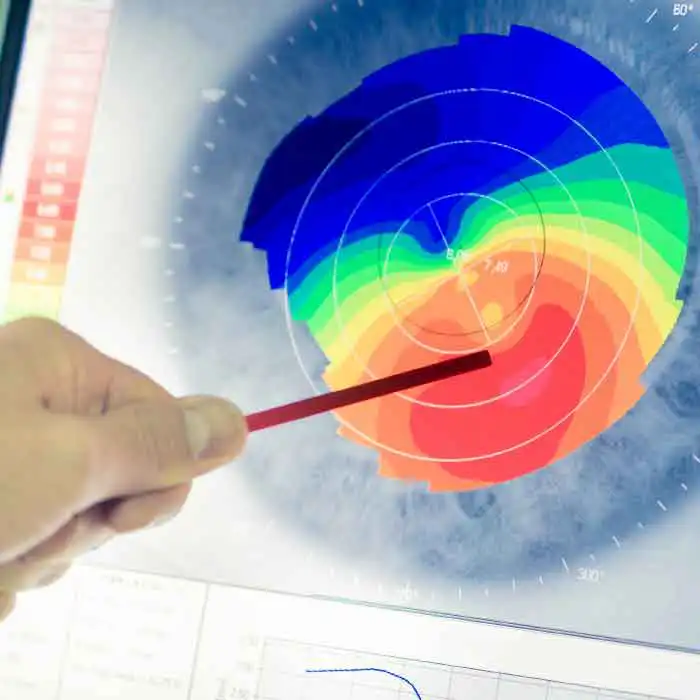
Contact Lens Fittings
Proper contact lens fit is essential for comfort and eye health. Visit our experienced Edmonton optometrists for a personalized contact lens fitting.
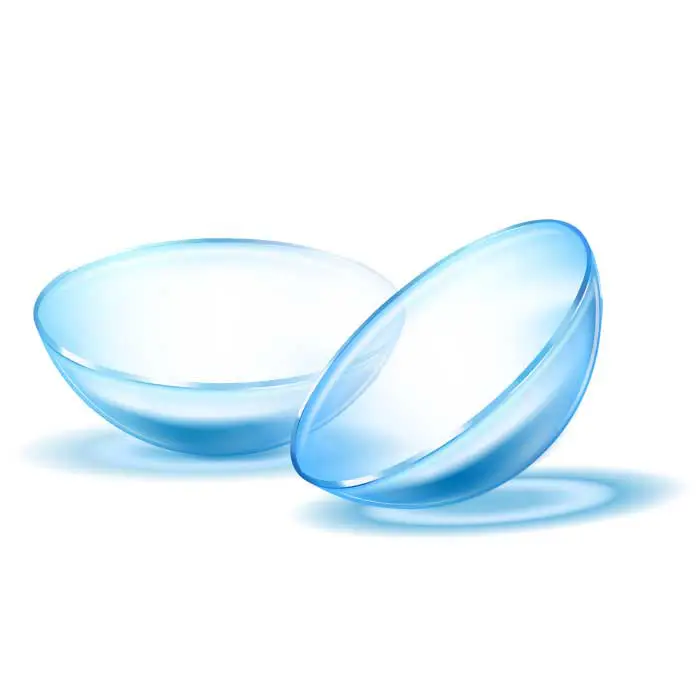
Contact Lens eStore
Conveniently and easily replenish your inventory of contact lenses online from trusted Edmonton eye doctor through our Contact Lens eStore.
FYEyes Blog Posts
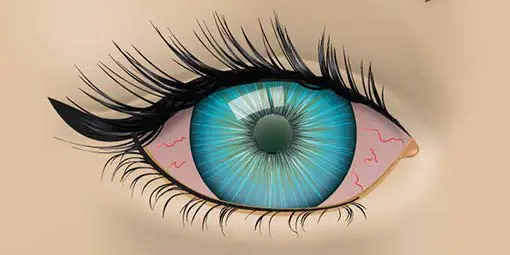
What is Dry Eye Syndrome?
Dry Eye Syndrome (DES) is an eye disease caused by either decreased tear production or increased tear film evaporation.
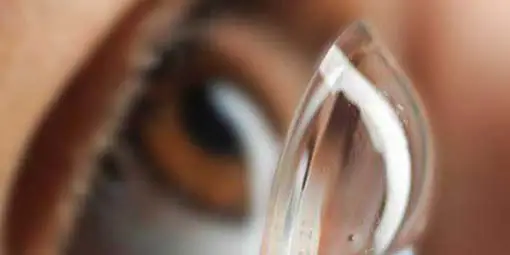
The Cost of Scleral Contact Lenses
There are different types of scleral contact lenses. Learn more about the average price point.
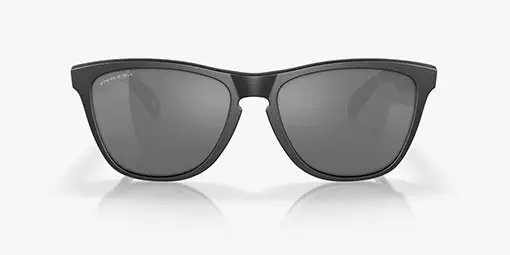
The Benefits of Wearing Sunglasses
The benefits of wearing sunglasses extend beyond offering protection from eye-damaging ultraviolet light.

Reasons To Consider Scleral Contact Lenses
Scleral contact lenses offer numerous benefits. Learn more about how they could be a great option for you and your vision today!
Scleral Contact Lenses FAQs

Our Edmonton Optometrists
Searching for an optometrist in Edmonton? Our experienced Edmonton eye doctors use advanced modern technologies and devote upwards of 500% more time towards providing personalized patient care than elsewhere so that they can see more and ensure that you may never see less. Position yourself to see the future with a visit to our eye clinic and Edmonton's best eye care!

Dr. Jennifer Ash, OD
Dr. Jennifer Ash is the Resident Optometrist at Eye-deology Vision Care. Dr. Ash provides patient care 5 days a week. Read more about Dr. Ash.

Dr. Ruhee Kurji, OD
Dr. Ruhee Kurji is an Associate Optometrist at Eye-deology Vision Care. Dr. Kurji provides patient care Tuesdays & Fridays. Read more about Dr. Kurji.

Dr. Jade McLachlin, OD
Dr. Jade McLachlin is an Associate Optometrist at Eye-deology Vision Care. Dr. McLachlin provides patient care 5 days a week. Read more about Dr. McLachlin.

Dr. Tania Mathews, OD
Dr. Tania Mathews is an Associate Optometrist at Eye-deology Vision Care. Dr. Mathews provides patient care 2 days a week. Read more about Dr. Mathews.
Learn Why Our Edmonton Optometrists Are The Best!


